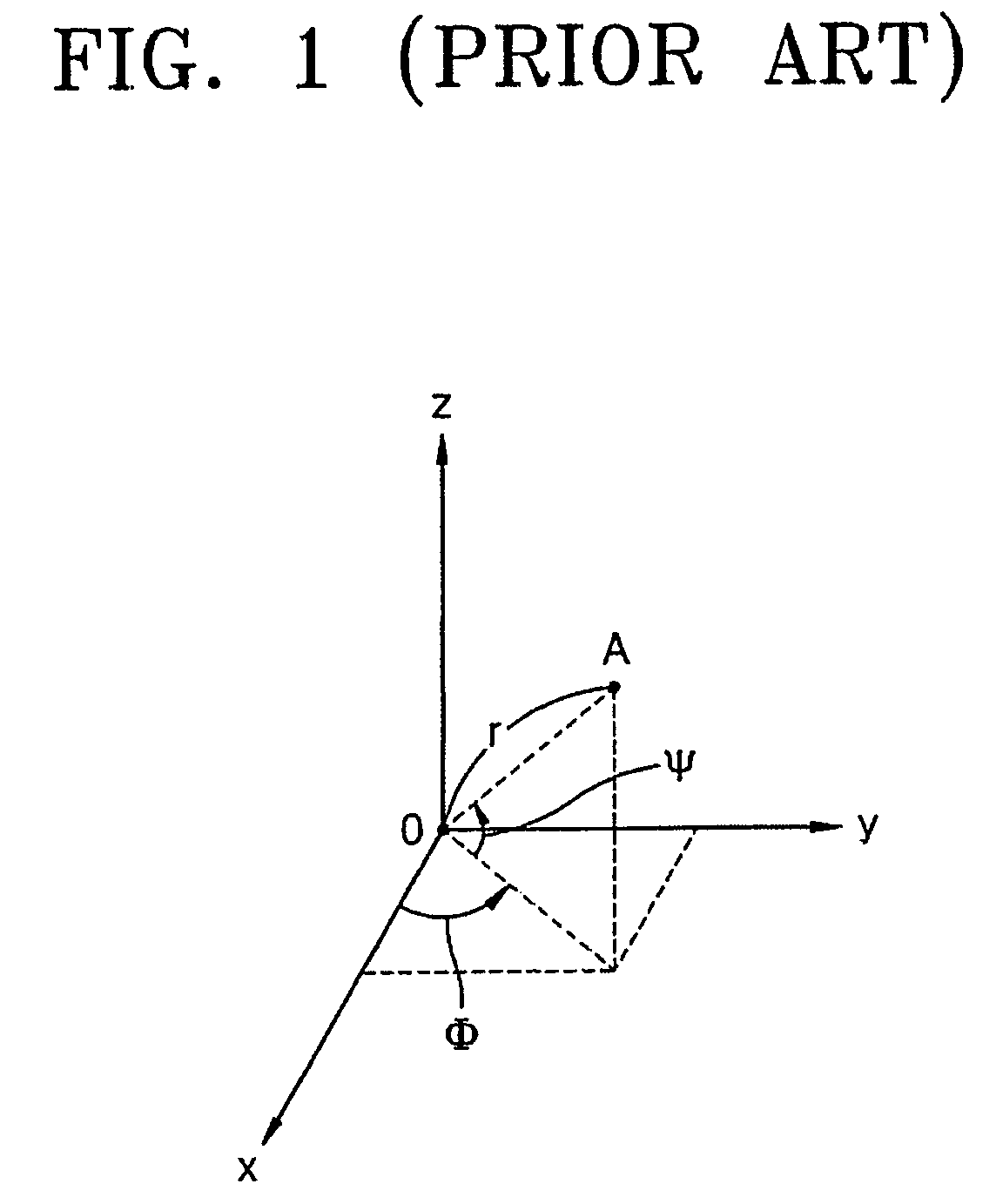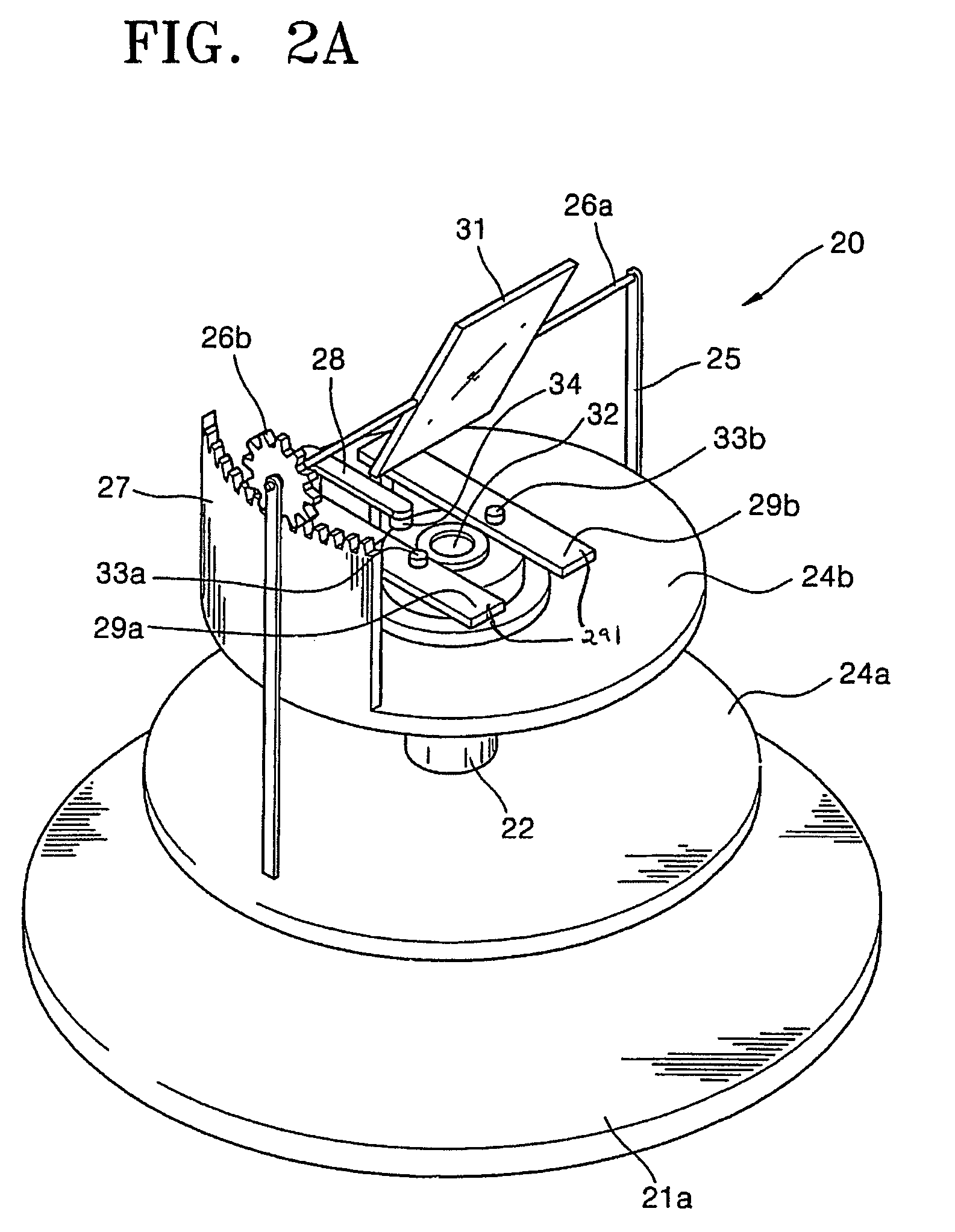Three-dimensional location measurement sensor
a three-dimensional location and sensor technology, applied in the direction of optical radiation measurement, distance measurement, comonautical navigation instruments, etc., can solve the problems of affecting the accuracy of analog signals
- Summary
- Abstract
- Description
- Claims
- Application Information
AI Technical Summary
Benefits of technology
Problems solved by technology
Method used
Image
Examples
Embodiment Construction
[0037] Reference will now be made in detail to the embodiments of the present invention, examples of which are illustrated in the accompanying drawings, wherein like reference numerals refer to the like elements throughout. The embodiments are described below to explain the present invention by referring to the figures.
[0038]FIG. 2A is a perspective view of a three-dimensional location measurement sensor according to an exemplary embodiment of the present invention. FIG. 2B is a perspective view of a three-dimensional location measurement sensor according to another exemplary embodiment of the present invention. FIGS. 2C and 2D are a front view and a side view, respectively, of the three-dimensional location measurement sensor of FIG. 2B.
[0039] The three-dimensional location measurement sensor of FIG. 2A or 2B is divided into two blocks, i.e., a measurement block, which obtains an image reflected from the surface of a target object, and a driving unit, which drives the measurement...
PUM
 Login to View More
Login to View More Abstract
Description
Claims
Application Information
 Login to View More
Login to View More - R&D
- Intellectual Property
- Life Sciences
- Materials
- Tech Scout
- Unparalleled Data Quality
- Higher Quality Content
- 60% Fewer Hallucinations
Browse by: Latest US Patents, China's latest patents, Technical Efficacy Thesaurus, Application Domain, Technology Topic, Popular Technical Reports.
© 2025 PatSnap. All rights reserved.Legal|Privacy policy|Modern Slavery Act Transparency Statement|Sitemap|About US| Contact US: help@patsnap.com



